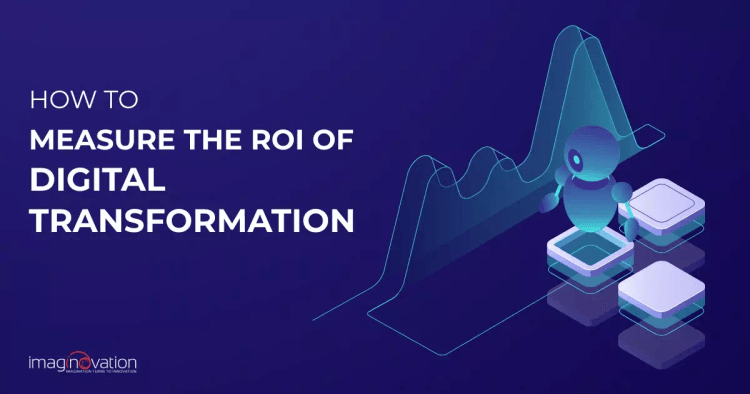
Measuring ROI of Digital Transformation Projects
Measuring the ROI of digital transformation projects is crucial for effective resource allocation and achieving objectives. Unlike traditional ROI, which focuses primarily on financial gains, digital transformation ROI includes various tangible and intangible factors.
Key steps to measure ROI
1. Define clear objectives and KPIs: Establish specific, measurable, achievable, relevant, and time-bound (SMART) objectives and translate them into KPIs such as customer satisfaction (NPS), operational efficiency (cost savings, productivity), innovation (new revenue, time-to-market), digital adoption (user engagement), and organizational capabilities (digital skills).
2. Conduct baseline assessments: Evaluate current operations, metrics, and customer satisfaction before implementing digital initiatives to establish a reference point.
3. Identify and track costs: Account for all costs, including software, hardware, implementation, training, and maintenance, to determine the total cost of ownership (TCO).
4. Measure benefits: Quantify benefits like cost reductions, revenue growth, and improved efficiency by tracking metrics against the baseline. Include indirect benefits such as enhanced brand reputation and customer loyalty.
5. Calculate ROI: Use the formula: ROI = (Net Gain from Investment / Cost of Investment) x 100, where Net Gain = Total Benefits – Total Investment.
6. Evaluate intangible benefits: Assess intangible benefits like brand reputation and employee engagement using surveys and qualitative assessments.
7. Regular reporting and reviews: Continuously monitor metrics and report regularly to track progress, identify improvements, and ensure sustainable returns.
Factors affecting ROI calculation
- Evolving goals: Shifting goals can make measurement against a fixed standard difficult.
- Data silos: Fragmented data across systems can hinder a unified view.
- Outputs vs. outcomes: Focus on outcomes like faster onboarding rather than outputs like tools deployed.
- Timeframe: Full ROI may take time to materialize, requiring a long-term perspective.
Tips to improve digital transformation ROI
- Set expectations for ROI growth: Be flexible in strategizing to drive potential innovation.
- Attract the ideal target audience: Aligning initiatives with customer needs can drive revenue.
- Introduce change incrementally: Allow employees time to adjust to new workflows.
- Leverage customer loyalty: Improve customer satisfaction to boost revenue.
Evaluate performance and ROI regularly: Continuously monitor and adjust strategies.
